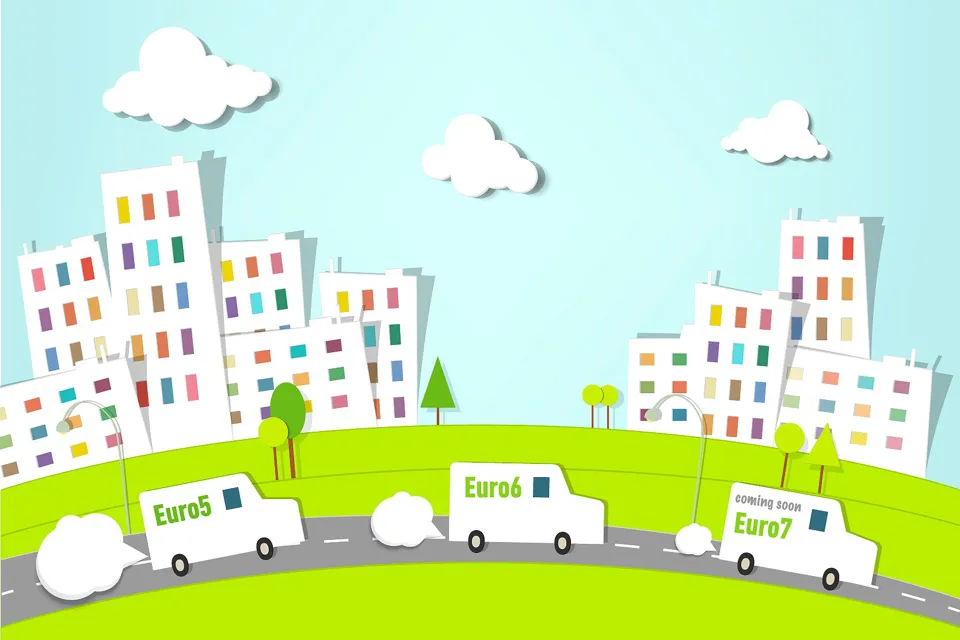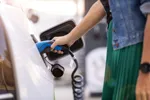The cost of LCV fleets meeting the requirements of a new wave of cleaner air policies in major cities will almost certainly be passed to consumers, says Arval, unless savings can be made in overall vehicle running expenses.
Eddie Parker, commercial vehicle consultant at Arval UK, pointed out that there would be unavoidable additional fleet overheads accruing from meeting the conditions of areas such as the forthcoming London Ultra Low Emissions Zone, expected in September 2020.
He said: “As an example, fleets that operate in the London Ultra Low Emissions Zone have the choice of operating Euro 6 vans that meet its regulations or using older vans and paying a new £12.50 per day charge.
“Both of these options bring additional expense and will inevitably increase the cost per kilogramme of carrying goods into these areas, especially as fleets will also have to continue to pay the existing congestion charge and even potentially the current Low Emissions Zone charges, depending on the vehicle’s age.
“Even fleets that make an overall switch to Euro 6 by the time that the ULEV comes into effect will find that these vans are more expensive to run thanks to the weight of the additional emissions technology, and for the majority of vehicles, the need to use AdBlue.
“The more widespread that ULEV-type initiatives become across the country, the more expensive it will be to carry goods into urban areas using LCVs and it is difficult to foresee a situation where this amount is not passed onto consumers in one form or another – unless savings can be found elsewhere.”
Parker said that potential areas for LCV efficiencies could often be found through adopting strategies such as right sizing vans or products such as telematics. For example, one of Arval’s larger LCV clients in the construction sector has migrated from 3.5t GVW vans to 2.7t vans because use profiles meant that the amount of working equipment being carried would fit into such vehicles in terms of weights, payloads and vehicle dimensions.
“We work with many van fleets on cost reduction strategies that are very successful. One way of offsetting the cost of cleaner air policies is to ensure that you are covering all the potential bases when it comes to fleet efficiencies.”
















Login to comment
Comments
No comments have been made yet.